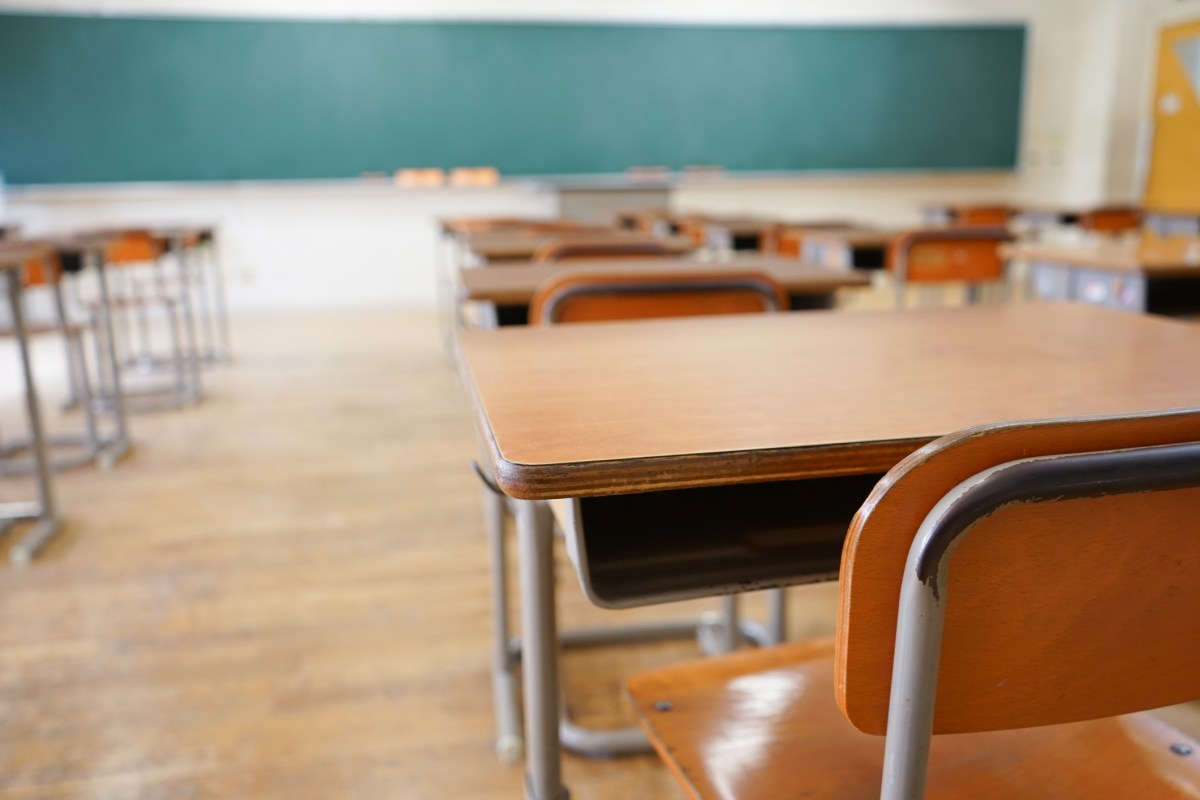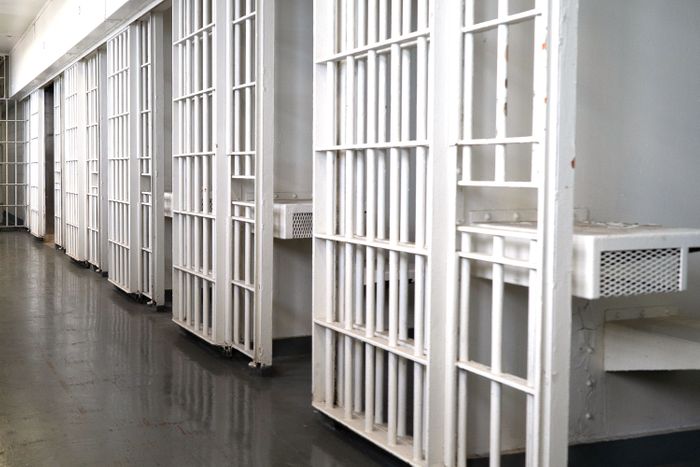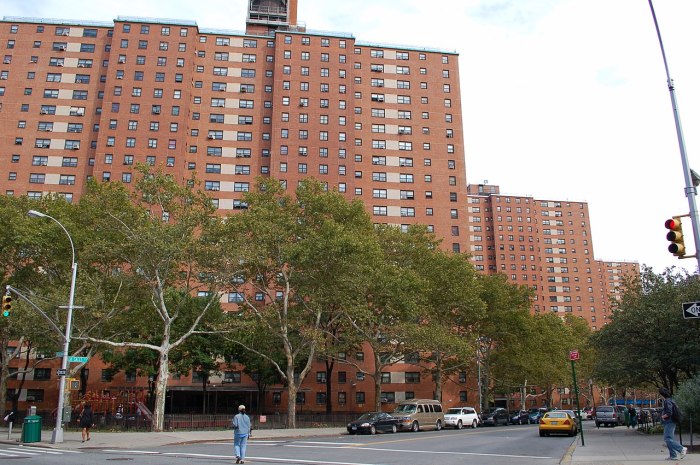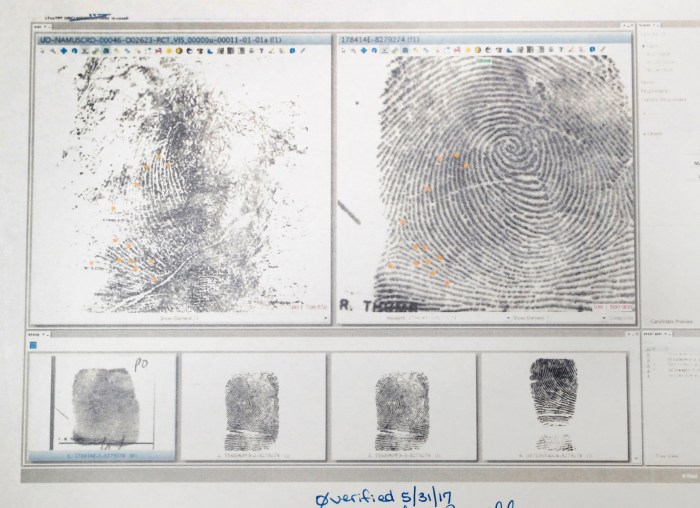The Department of Education needs to create a special office to watch over public school students in foster care, advocates say.
Out of the city’s 1.1 million public school students, roughly 6,000 are in the foster care system, according to a recently released report from Advocates for Children of New York and the Legal Aid Society. Most students in foster care are Black and come from the city’s poorest neighborhoods. These students face numerous educational challenges during normal times and have had to face extra hardships during the pandemic, advocates stress.
“Students in foster care are among the most vulnerable of New York City students,” said Dawne Mitchell, Attorney-in-Charge of the Juvenile Rights Practice at the Legal Aid Society. “They face tremendous challenges, ranging from trauma to frequent school changes, which can negatively impact their learning.”
Students in foster care on average miss about a month and a half of school every year and one out of every 10 students in foster care has a school attendance rate of 50% or less, according to advocates. About 20% of New York City students in foster care need to repeat a grade at some point during their school years compared to just 6% of public school students not in foster care needing to repeat a grade. According to AFC, students in foster care had the lowest graduation rate out of any group of students with only 42.2 % of public school students in foster care graduating on time last year, about 36% lower than the rate for students not in foster care.
When students were forced to switch to online learning due to the pandemic last year some students in the foster care system had to wait weeks for a DOE-issued iPad or laptop despite the department’s focus on equipping foster care youth and students living in the shelter system with devices first. Problems accessing online learning did not stop once students in foster care had their devices in hand. Some of the devices distributed to students were not equipped with Wi-Fi capabilities rendering them useless for students in foster homes without internet access. The DOE’s return policy on devices has also been problematic for students in the foster system, according to advocates.
Once a device is issued to a student, a parent must sign a contract agreeing to take care of the iPad or laptop and return the device once their children leave school. As a result, some students in the foster care system would temporarily go without a device and miss class when they moved homes. ” We had situations where a foster parent did not feel comfortable with the device moving with the child since they had signed the agreement saying they were responsible for the device,” said Erika Palmer, supervising attorney at AFC. “In the end, the foster care agencies would just purchase them.”
Last year, advocates proposed the DOE appoint a high-level staffer to work solely on helping students in foster care navigate classes through the pandemic. Now, advocates are proposing the new office have one full-time staffer serve as a contact point for schools, families, and child welfare professionals with questions about students in foster care, identify students’ educational needs, support foster parent involvement in children’s education, train schools on needs of rights of students in foster care and develop and implement policies related to students in foster care.
Some future issues that could potentially be tackled by the proposed office, advocates say, is access to pandemic recovery services at schools or transportation to this year’s Summer Rising program which offers free classes for k-8 students.
Some foster parents are skeptical that a special office within the DOE will be enough to help students in foster care overcome the many education hurdles they face. One foster care parent told amNewYork Metro funds would be better spent on direct extracurricular activities many foster children miss out on due to costs such as after-school camps, music programs, sports, and tutoring.
“The barriers to education that are ingrained into New York City’s foster care operations require a transformative, systemic overhaul that can’t be resolved by another layer of administration. Foster children are routinely pulled out of school two to three times a week, oftentimes per court order, for midday family visits and an unnecessary conveyor belt of meetings,” said Rebecca Winkel, a foster parent for 13 years.
“If foster care was temporary, this might be okay–but New York City children stay in foster care for years on end–longer than almost any other city in the country,” Winkel added. “Those of us who volunteer as foster parents end up sidelined as mere taxi drivers with no ability to make basic educational decisions for the children we raise for years.”
DOE spokesperson Nathaniel Styer said the department was “deeply appreciative” of AFC’s advocacy and would review the proposal. “Young people in foster care can experience significant disruptions in their life and we have designated school-based staff at every level of the DOE focused on providing them with stability and continuity in their home school communities,” Styer added.
This article has been updated with comment from Erika Palmer, supervising attorney at Advocates for Children of New York.



































